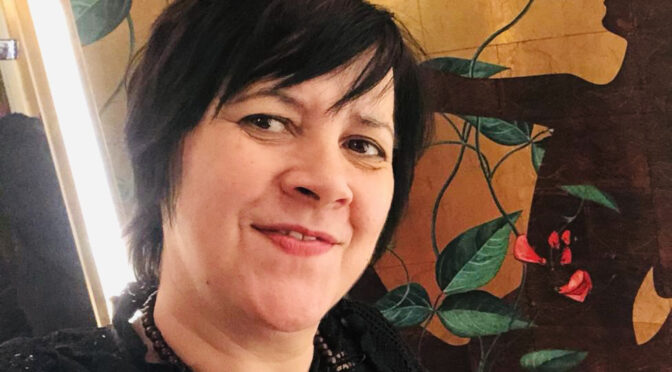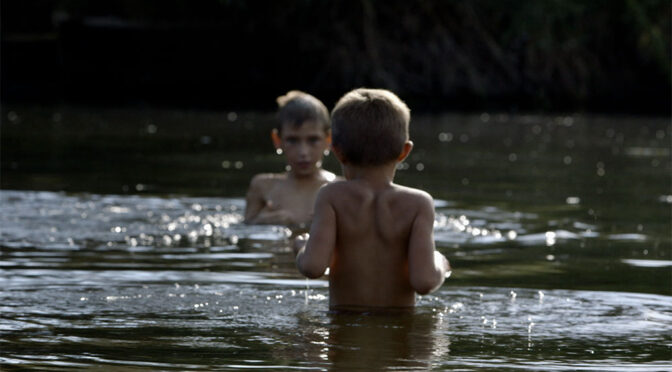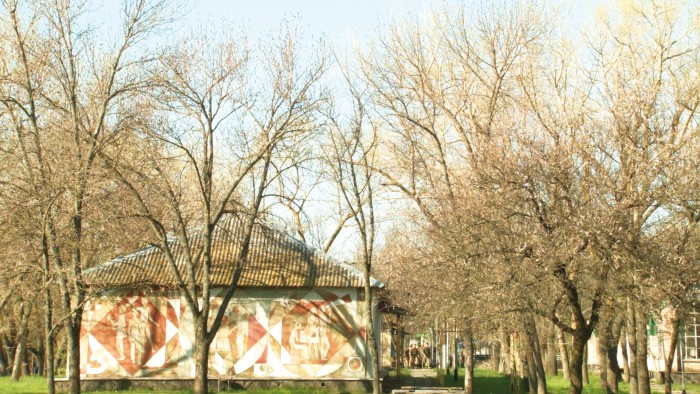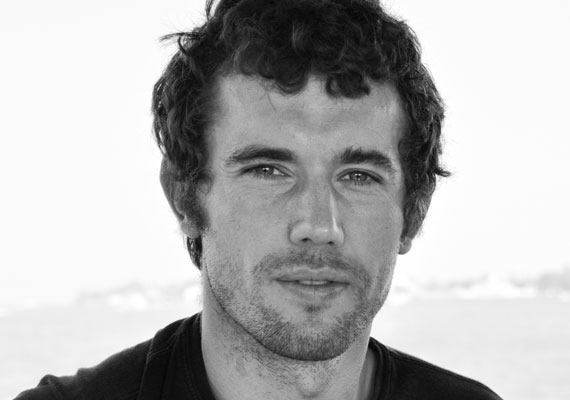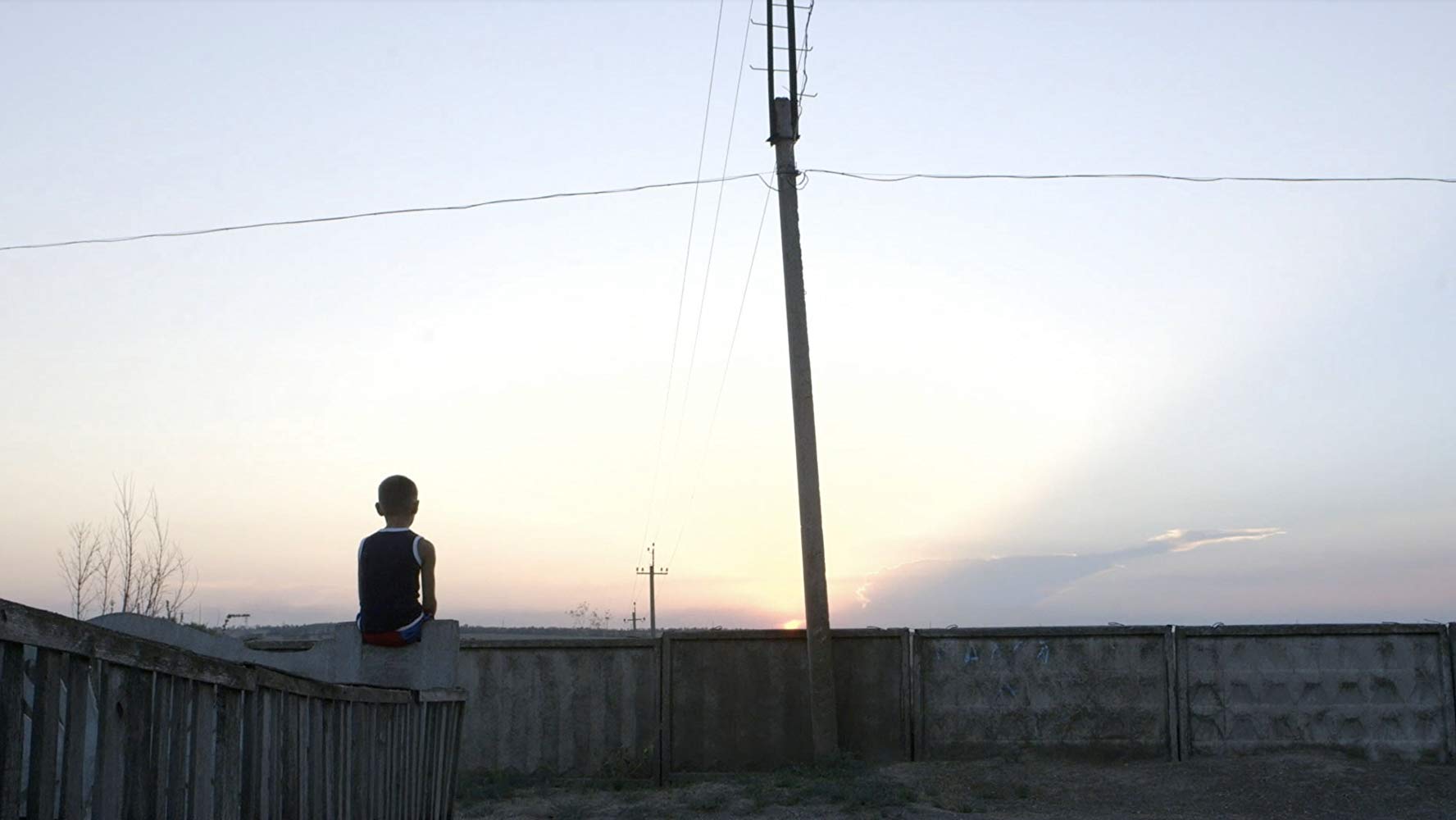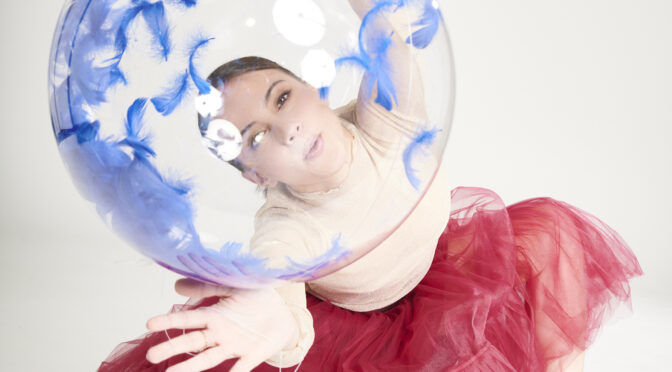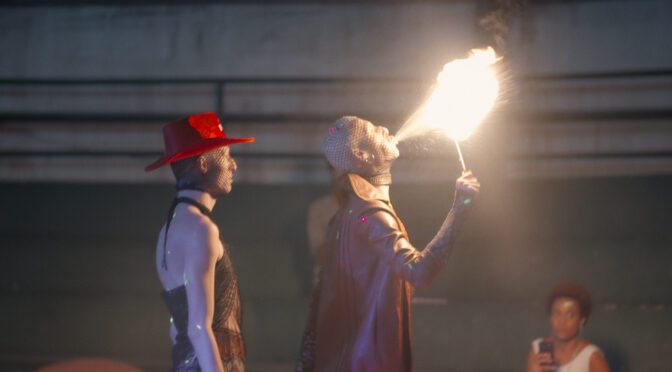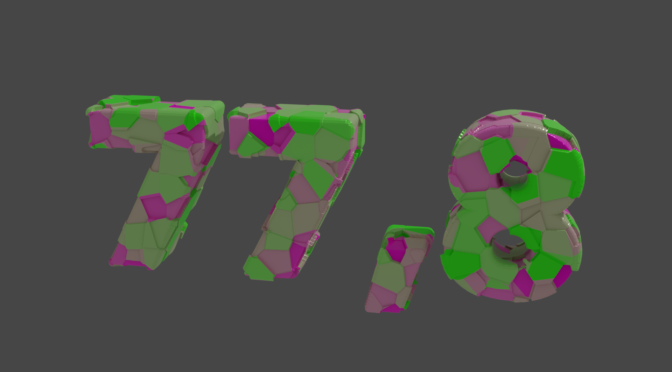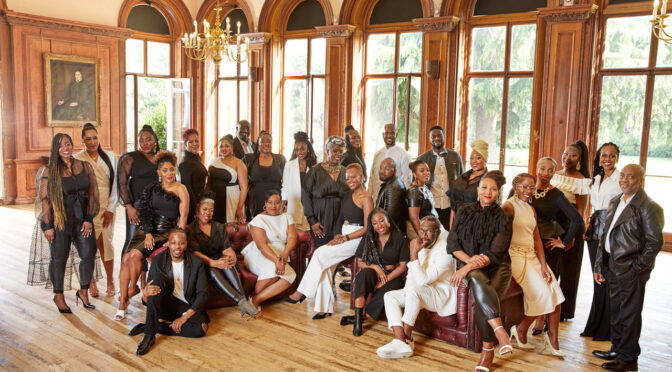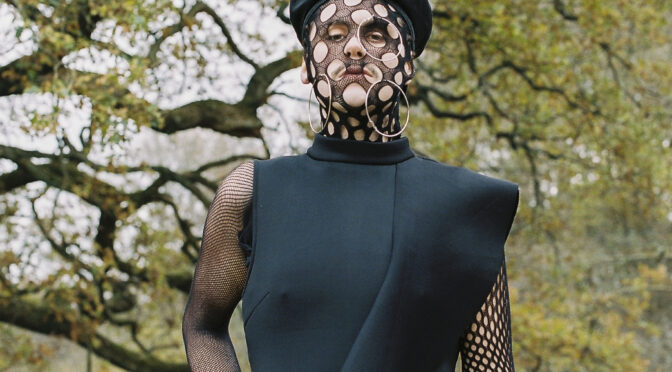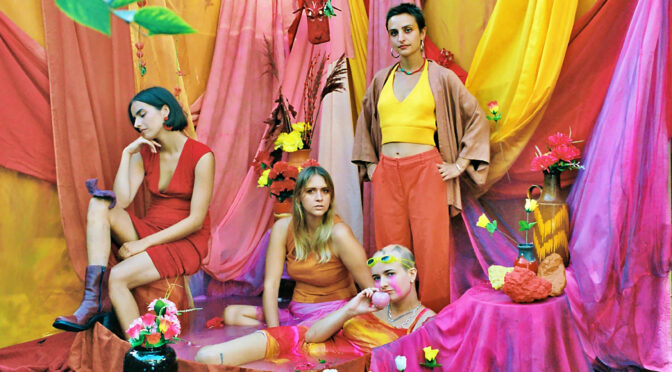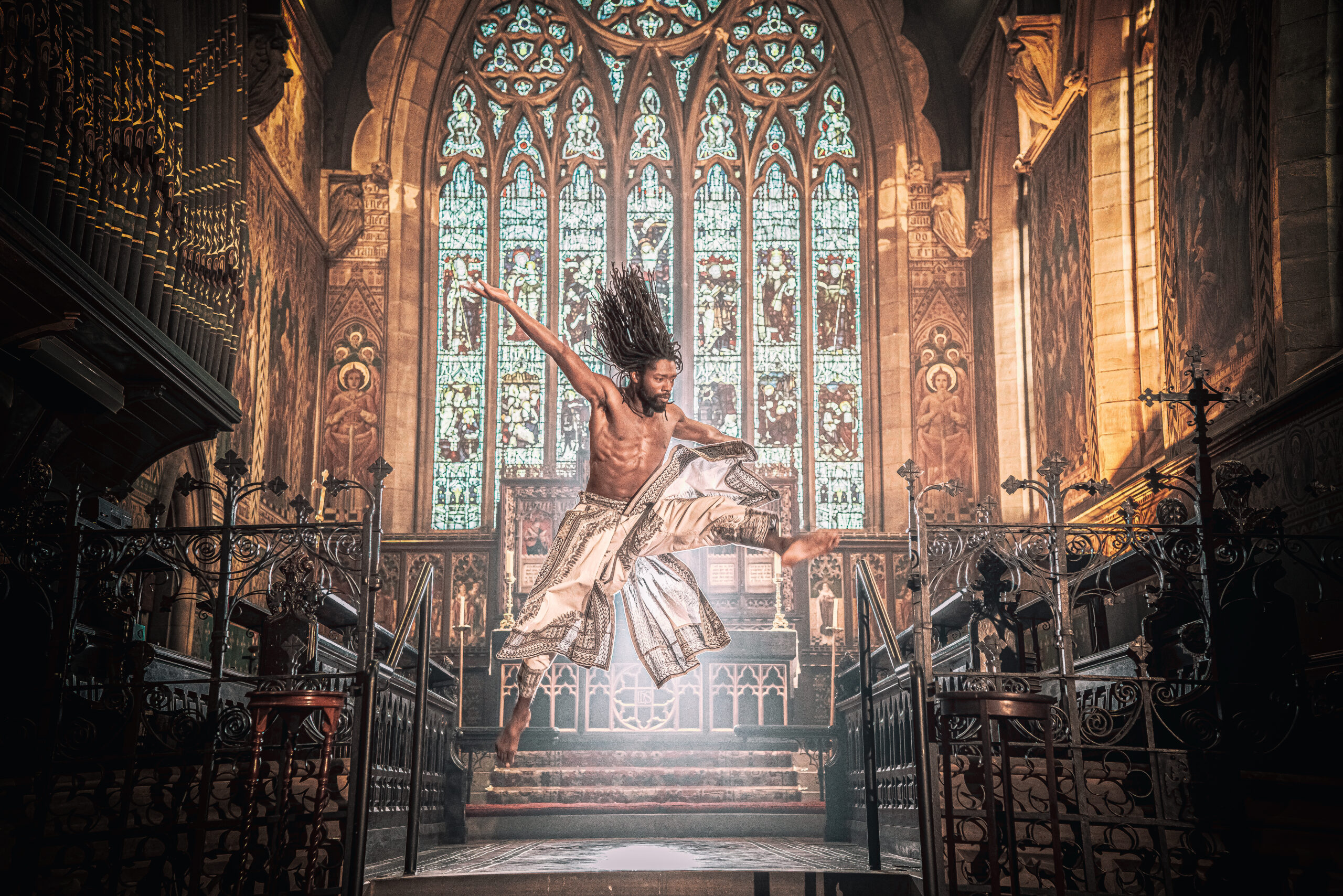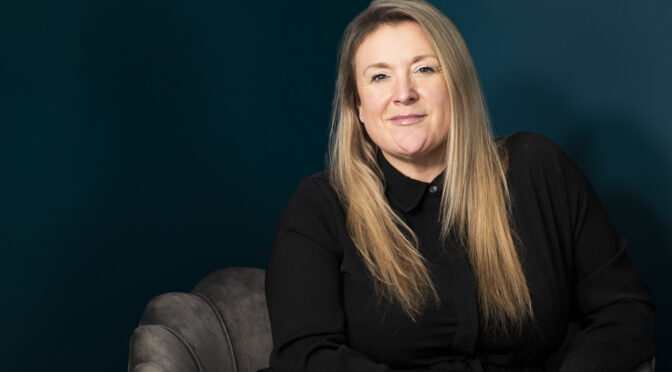Wandsworth Arts Fringe is back with its first full-on festival since the pandemic. With 150 events taking place, there’ll be an explosion of colour in the streets, intimate live performances in surprise locations and a huge celebration of art as Wandsworth’s pubs, theatres, galleries, studios and churches are transformed.
We caught up with the Producer of WAF Cath Mattos to pick her brains about this year’s festival.
When and how did the Wandsworth Arts Fringe festival start and how has it evolved over the years?
Wandsworth Arts Fringe grew out of Wandsworth Arts Festival which grew out of the Shimmy and was a programmed festival taking place in the borough. We realised there were a lot of local arts organisations and companies in the borough that wanted to get involved and so we created an open registration process and WAF sprung to life and so began the organic chaos that has ensued. Companies and artists took WAF into their hearts and into their year-round planning.
The lockdown happened just as we were launching our WAF 2020 programme in March, leaving 15,000 programmes boxed up and ready to go. We decided with a 6-week turnaround to ask our artists if they were interested in being part of a digital WAF and with an enthusiastic ‘yes!’ we started planning. WAF In Your Living Room 2020 was born. We have had a ‘WAF in Your Living Room’ element of WAF for a number of years, but this was on a whole other scale. The WAF artists really appreciated the platform to give them support and a purpose at that time, there was so much enthusiasm to be involved. We held weekly meetings with all our artists and although it was a difficult and stressful time a wonderful community was created.
In 2021 we ran a hugely successful hybrid WAF with the WAF Big Top and lots of outdoor spaces were used and many events streamed their live events to their audiences that were still shielding. We are keeping our WAF in Your Living Room element though it takes a smaller part of the fringe this year. We run our WAF contributor networking meeting still mainly online, so our national artists and international artists can get the same support as the local companies.
How does it feel to be back with a full lineup of LIVE events?
It feels exciting and exhilarating to be back up and running for WAF 2022. Our programme is vibrant and engaging and there is something for everyone. It is weird though to be working in relatively normal times, we are used to the added layers of difficulty now, but so relieved we are back in our venues this year. We are partnering with 70 venues across the borough and this is just such a joy! The artists are super excited to be coming together and shining a light on creativity in Wandsworth.
What made you choose to shine a light on dance at this year’s festival? How will the festival be celebrating this art form?
We are celebrating Wandsworth’s emerging dance quarter as the Royal Academy of Dance (RAD) open their brand-new headquarters on York Road in Battersea, joining a cluster of local dance companies including Tavaziva, bbodance and London Children’s Ballet, which opened last year. On Friday 10 June, WAF will launch with a promenade performance along the riverside around Battersea Reach, charting a course between bbodance and RAD’s new home and discovering hidden music, spoken word and dance gems along the way.
The WAF Dance Weekender has set a two-day extravaganza of dance styles from around the world, popping up in public spaces around Battersea. Find us in York Gardens on Saturday 18 June for contemporary dance from London Butoh Dance Company and Hallomai Dance, and accessible dance workshops with disability-led dance troupe Magpie Dance. Shake your tail feathers with the most fabulous flock of senior citizens in town, PC*DC’s Royale Dancehall Flamingos, then head over to bbodance for African movement, drumming, ballet and more with Tavaziva Dance and the English National Ballet School. On Sunday, WAF takes over Battersea Reach with another all-dayer featuring pop-up performances from Flamenco Con Gusto and Orleta Polish Folk Song and Dance, African drumming and movement from Tavaziva Dance, and even a chance to learn Japanese Tenshintaido with martial artist and calligrapher Beatrice Boivineau.
Alongside our free public events, there’s a brilliant dance programme of amazing contemporary dance and ballet performances – check it out!
Do you have any young artists exhibiting and performing this year? What’s the best way for young artists to get involved?
WAF is always a fantastic platform for young people to showcase their talent. We’ve got performances from Youth Club Providence House, World Heart Beat Music Academy, London Children’s Ballet and On Da Beat Studios – all organisations working with the next generation of young creatives, performers and artists. WAF works with local schools and supports a cohort of young visual artists to exhibit professionally via the RCA Bursary Scheme. We are also bringing back the WAF Young Reviewers scheme for a second year following a successful pilot in 2021 – providing an opportunity for young people aged 14-19 to review WAF events, receive professional mentoring in critical writing, and get published!
In what ways does WAF offer development support for artists and contributors?
Each year, WAF hosts a series of networking and learning sessions for artists and contributors in the lead-up to the registration deadline and festival dates. These are a great opportunity for artists to meet the WAF team and get the most out of taking part.
So far this year we’ve offered 6 open-access online support sessions for artists covering marketing, sustainability, event registration and ticketing, venue/artist matchmaking and accessibility – as well as an in-person publicity launch event, where artists and venues get to meet in person ahead of the festival.
We also offer online toolkits and guidance, and a 1-1 clinic session for more specific advice on realising ideas and fundraising, including making an application to the WAF Grant scheme. Every year Wandsworth Council sets aside £20,000 in funding for WAF Grants. The WAF Grants help artists, makers and community groups realise their creative vision for the festival and engage with Wandsworth communities. For 2022, we distributed £32,382 among eighteen creative companies, including local community organisations and internationally acclaimed artists, for projects taking place over this year’s festival.
What’s the best thing about working in the arts and what advice would you give to a young person who’s interested in pursuing a career in the arts and working for festivals like this one?
Working in the arts comes from a passionate belief that the arts can make the world a better place, it fosters community and a shared experience. Art deals with difficult issues in a positive and engaging way. Working in the arts is hard work but it is so rewarding when you see projects like WAF come to life each year.
The advice I would give is to get yourself to festivals, theatres and meet people who work there and find out avenues to get in through the door. I love freelancing but other people prefer the stability of being a secure member of staff in an arts organization, and there is definitely a benefit to this.
Go with your passion and interest and you will head in the right direction to suit you.
For more info about WAF please visit their website here: www.wandsworthfringe.com
Interview by Jules Nelson who does marketing and operations for Abundant Art.

